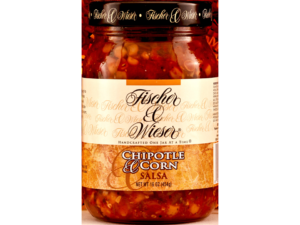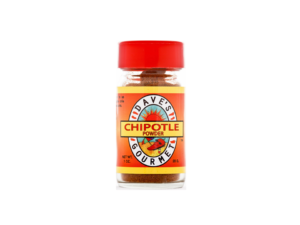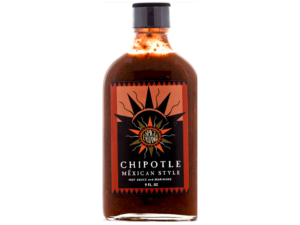Introducing… The Chipotle Pepper
Pronunciation:
The chipotle is pronounced: chee-POHT-lay. A common mispronunciation is when it’s said as bottle but starting with chi (chip-ottle). Chipotle is also pronounced with a strong e at the end (chee-phot-lee).
Color:
Chipotle peppers are smoked or dried Jalapeno peppers. Regardless of the color of the Jalapeno before drying, the color of the chipotle is a dark brown or deep purple color. The chipotle pepper will have a wrinkled look from the drying process
Taste:
The first taste of a chipotle will be a direct result of the roasting process – smoky followed by a sweet and earthy flavor similar to that of a bell pepper. Depending on the sensitivity of your pallet, the pepper will take on flavors of the wood being used to smoke it.
Size:
Typically, a chipotle pepper will be 2 inches depending on the size of the jalapeno prior to smoking.
Heat:
Most chipotle peppers rate close to 8,000 Scoville heat units. The piquancy varies greatly from one fruit to another with genetics, growing methods, climate, and plant stress. The roasting process removes some of the heat from the original jalapeno pepper but will still surprise the uninitiated.
Cooks can remove some of the heat from a chipotle pepper by carefully cutting the pepper in half and gently removing the seeds and the white membranes holding the seeds to the inside of the pepper. Although there is capsaicin in the flesh of the fruit as well, this will remove most of the heat. Caution should be taken not to touch the eyes during this procedure, as the pepper can still be extremely irritating to the eyes and skin. In large recipes, however, using a small amount of the pepper can provide flavor without creating a dish that is too hot.
Origination:
The chipotle pepper originated in the area surrounding Mexico City. People who lived there prior to the Aztec civilization are thought to have cultivated the pepper. The peppers were smoked to keep them from rotting, since the jalapeño is prone to quick deteriorating when stored.
Production:
The process used to roast the pepper is similar to that for drying meat. Usually, meat or vegetables are allowed to dry in an enclosed space while exposed to wood smoke. Chipotle peppers thrive in hot weather. As with all peppers, the chipotle does well in an area with good morning sun and in soil with a pH level around 5 to 6 (slightly acidic). Most chipotle chilies are produced in the northern Mexican state of Chihuahua. [Today, modern producers include central and southern Mexico, Texas, New Mexico, and California. While Mexico is the largest consumer, its flavor and aroma have become increasingly popular all over the world.
From a smaller production or home growing standpoint, a grower will pick unripe, green jalapeños at the end of the growing season. Jalapeño peppers naturally ripen and turn bright red. They are kept on the bush as long as possible. When they are deep red and have lost much of their moisture, they are picked to be made into chipotles.
The red jalapeños are moved to a closed smoking chamber and spread on metal grills. Wood is put in a firebox, and the smoke enters the sealed chamber. Every few hours the jalapeños are stirred to mix in the smoke. The jalapenos are smoked for several days, until most of the moisture is removed. In the end, the chipotles have dried in a manner akin to prunes or raisins. The underlying heat of the jalapeños combines with the taste of smoke. Typically, ten pounds of jalapeños make one pound of chipotle. In recent years, growers have begun using large gas dryers instead of roasting grills.






Leave a Reply